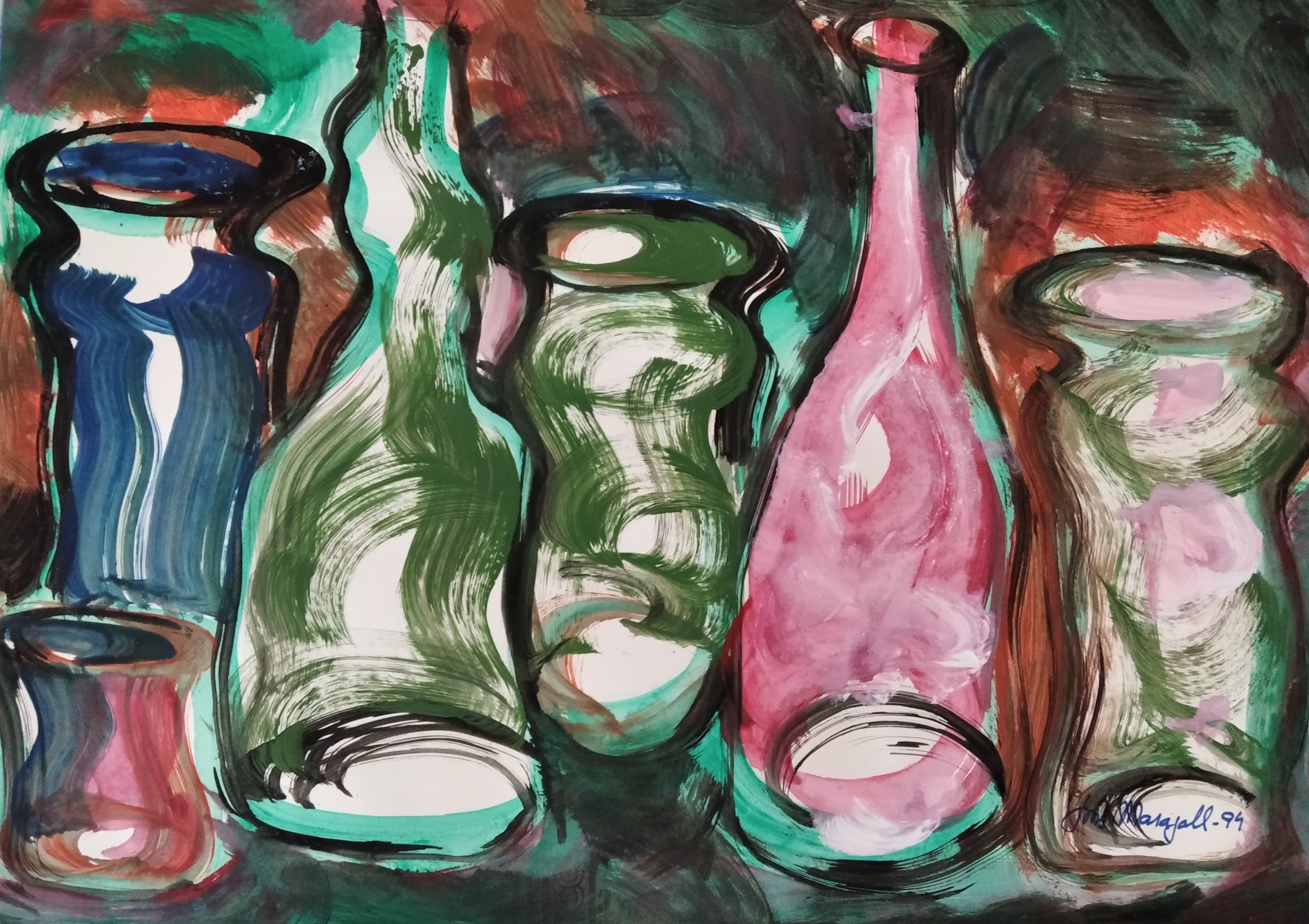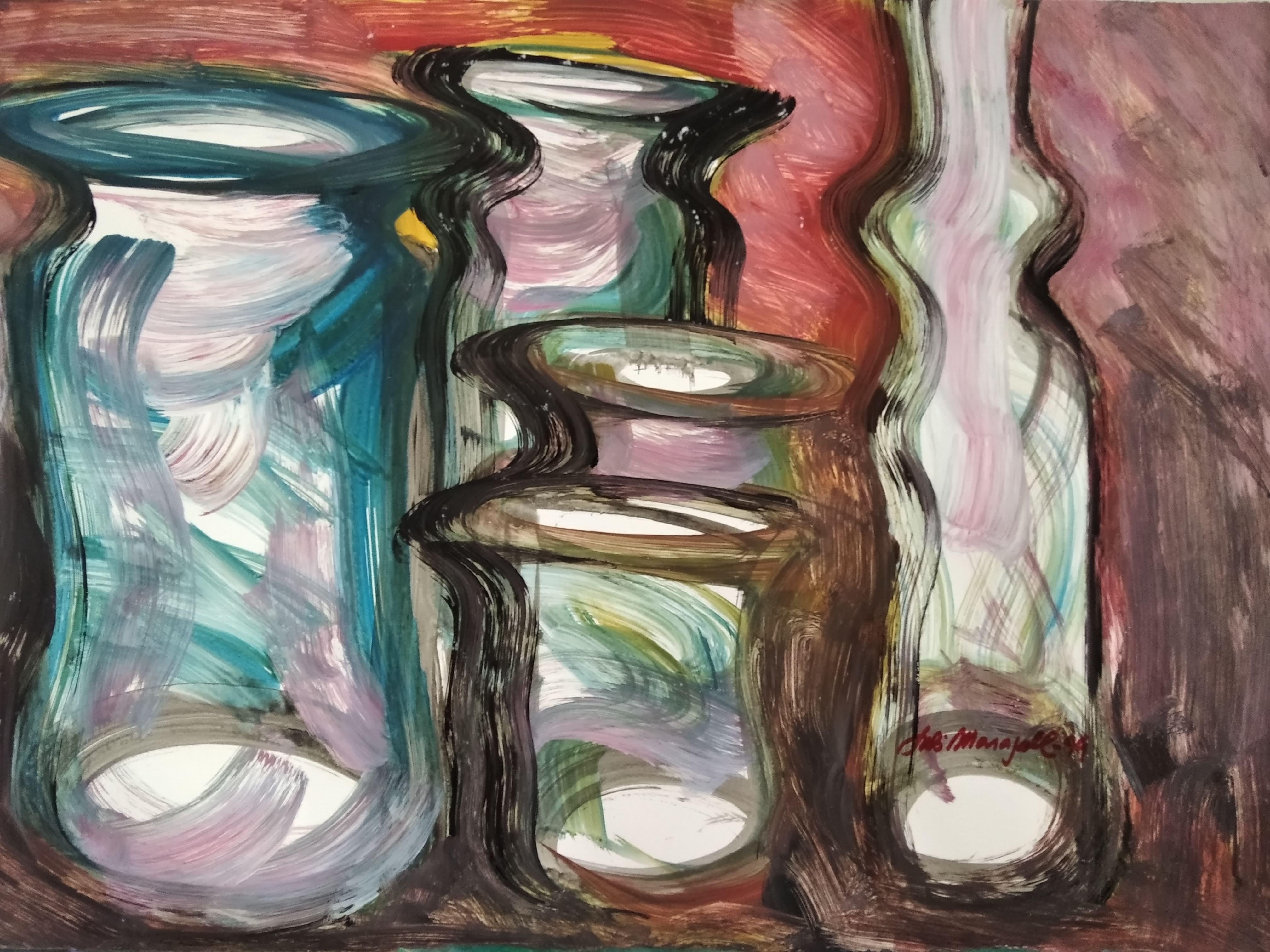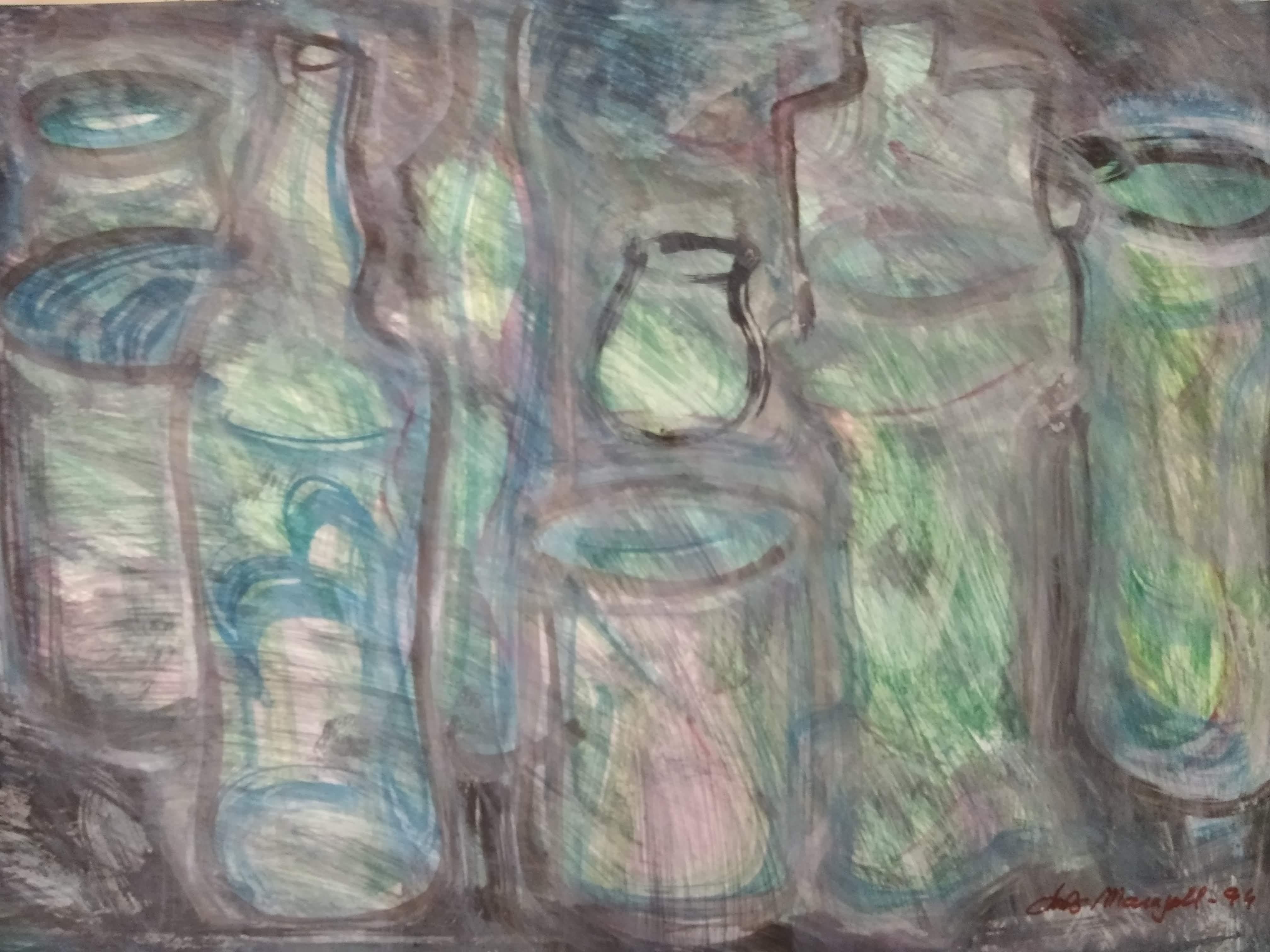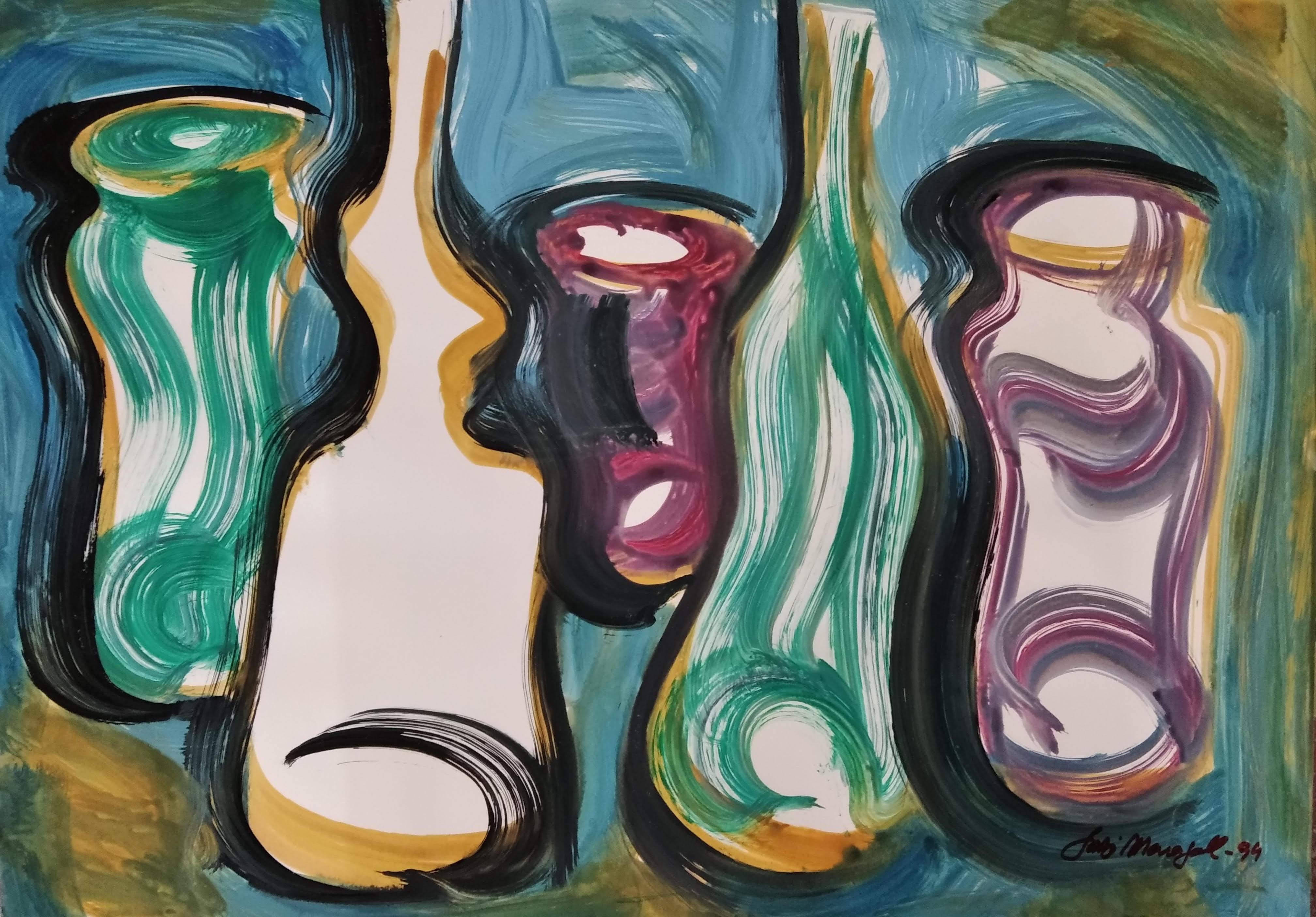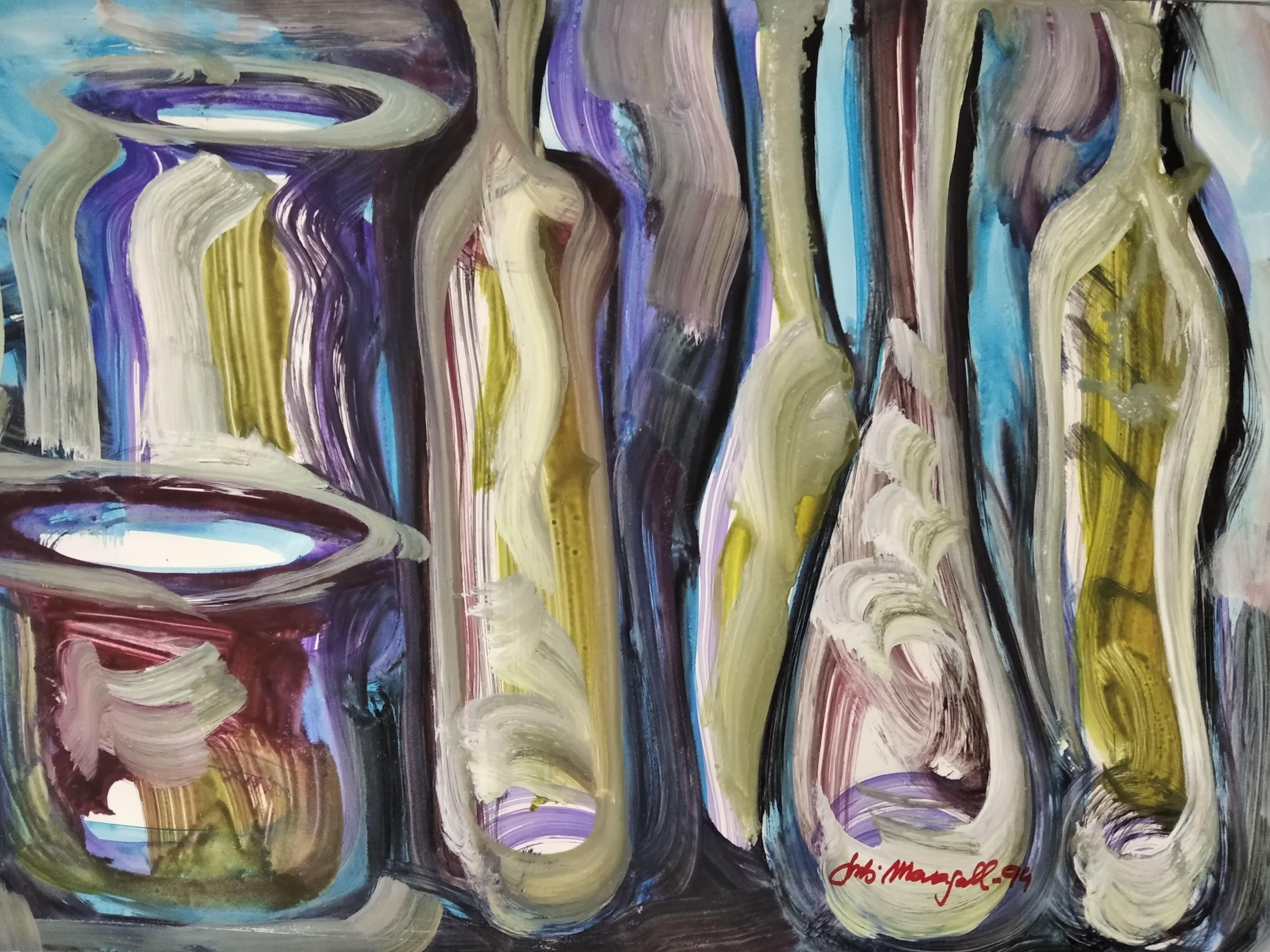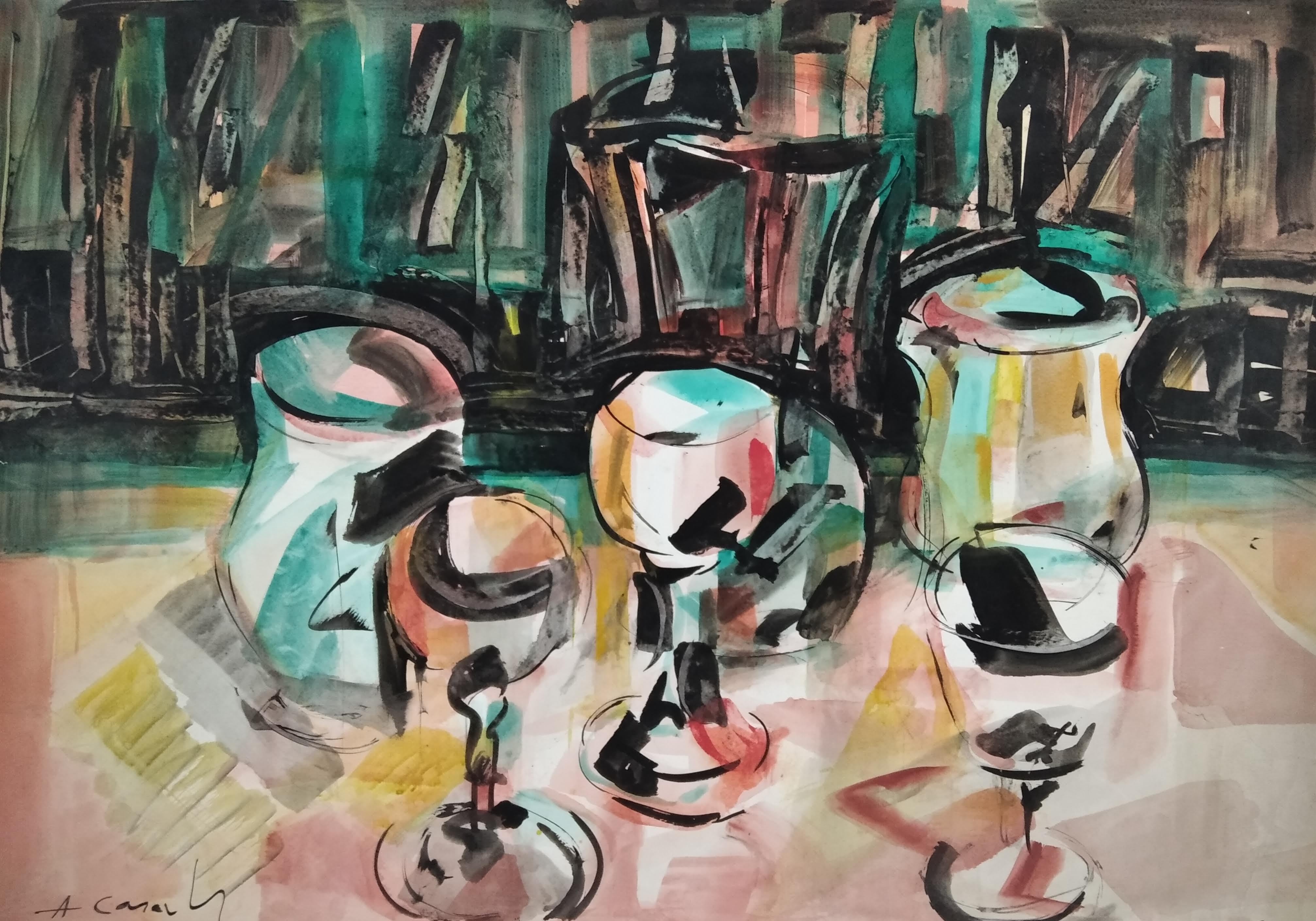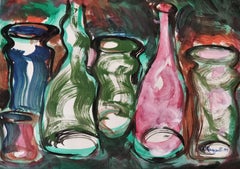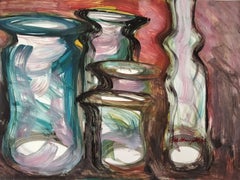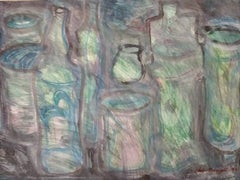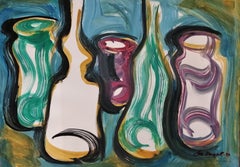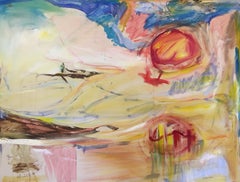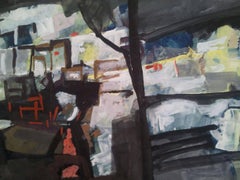Want more images or videos?
Request additional images or videos from the seller
1 of 7
Jordi Maragall MiraUntitled1994
1994
$1,777.97
£1,331.46
€1,500
CA$2,488.30
A$2,728.22
CHF 1,424.66
MX$32,830.75
NOK 17,955.53
SEK 16,882.82
DKK 11,426.27
About the Item
The painting is being offered with a work and authenticity certificate
- Creator:Jordi Maragall Mira (1936, Spanish)
- Creation Year:1994
- Dimensions:Height: 19.69 in (50 cm)Width: 27.56 in (70 cm)Depth: 0.04 in (1 mm)
- Medium:
- Movement & Style:
- Period:
- Condition:
- Gallery Location:Barcelona, ES
- Reference Number:1stDibs: LU1787212586382
About the Seller
5.0
Vetted Professional Seller
Every seller passes strict standards for authenticity and reliability
Established in 2003
1stDibs seller since 2022
15 sales on 1stDibs
- ShippingRetrieving quote...Shipping from: Barcelona, Spain
- Return Policy
Authenticity Guarantee
In the unlikely event there’s an issue with an item’s authenticity, contact us within 1 year for a full refund. DetailsMoney-Back Guarantee
If your item is not as described, is damaged in transit, or does not arrive, contact us within 7 days for a full refund. Details24-Hour Cancellation
You have a 24-hour grace period in which to reconsider your purchase, with no questions asked.Vetted Professional Sellers
Our world-class sellers must adhere to strict standards for service and quality, maintaining the integrity of our listings.Price-Match Guarantee
If you find that a seller listed the same item for a lower price elsewhere, we’ll match it.Trusted Global Delivery
Our best-in-class carrier network provides specialized shipping options worldwide, including custom delivery.More From This Seller
View AllUntitled
Located in Barcelona, BARCELONA
The painting is being offered with a work and authenticity certificate
Category
1990s Modern Abstract Paintings
Materials
Paper, Watercolor
Untitled
Located in Barcelona, BARCELONA
The painting is being offered with a work and authenticity certificate
Category
1990s Modern Abstract Paintings
Materials
Paper, Watercolor
Untitled
Located in Barcelona, BARCELONA
The painting is being offered with a work and authenticity certificate
Category
1990s Modern Abstract Paintings
Materials
Paper, Watercolor
Untitled
Located in Barcelona, BARCELONA
The painting is being offered with a work and authenticity certificate
Category
1990s Modern Abstract Paintings
Materials
Paper, Watercolor
Untitled
Located in Barcelona, BARCELONA
The painting is being offered with a work and authenticity certificate
Category
1990s Modern Abstract Paintings
Materials
Paper, Watercolor
Untitled
Located in Barcelona, BARCELONA
The painting is being offered with a work and authenticity certificate
Category
1990s Modern Mixed Media
Materials
Paper
You May Also Like
Untitled
Located in New York, NY
Acrylic on canvas
36.60 x 48.40 in
unstretched
Category
2010s Abstract Paintings
Materials
Acrylic, Mixed Media
Abstract
By Zvi Mairovich
Located in New York, NY
Painter, born 1911, Poland.
Education:
Academy, Berlin, with Karl Hoffe, 1929-34
Paris
Category
1960s Abstract Abstract Paintings
Materials
Gouache
untitled #2
By Enrique Kico Govantes
Located in San Francisco, CA
Artist: Enrique Kico Govantes (Cuban, born 1957)
Title: Untitled
Year: Circa 1985
Medium: Oil on pressed board panel
Panel size: 23.5 x 9.5 inches
Signature: Signed on t...
Category
Late 20th Century Modern Abstract Paintings
Materials
Oil
Modern French Abstract
Located in Houston, TX
Contemporary acrylic abstract using eye catching hues of orange, red, green and blue, circa 1970.
Original artwork on paper displayed on a white mat with a gold border. Archival
p...
Category
1970s Abstract Paintings
Materials
Acrylic, Paper
$560 Sale Price
20% Off
Untitled
By Bram Van Velde
Located in Paris, FR
Lithograph, 1980
Handsigned by the artist in pencil and numbered 12/100
Publisher : Jacques Putman, Paris
Printer : Pierre Badey, Paris
Catalog : [Mason Putman 371, p. 33]
80.00 cm. ...
Category
1980s Abstract Abstract Prints
Materials
Lithograph
untitled #1
By Enrique Kico Govantes
Located in San Francisco, CA
Artist: Enrique Kico Govantes (Cuban, born 1957)
Title: Untitled
Year: Circa 1985
Medium: Oil on pressed board panel
Panel size: 23.5 x 9.5 inches
Signature: Signed on t...
Category
Late 20th Century Modern Abstract Paintings
Materials
Oil
More Ways To Browse
Paper Weave
Scrape Painting
Abstract Fruit Painting
Black And White Checkerboard
Chinese Four Seasons
Juan Jose Garay
Rodriguez Oil Painting
Visionary Painting
Fish Artwork
Hilma Af Klint
Post Graffiti
Artist Helen Frankenthaler
Nevada Painting
Ok Harris Gallery
Randall Vintage
Extra Large Abstract Painting
Lois Dodd
Oil Painting Chen
